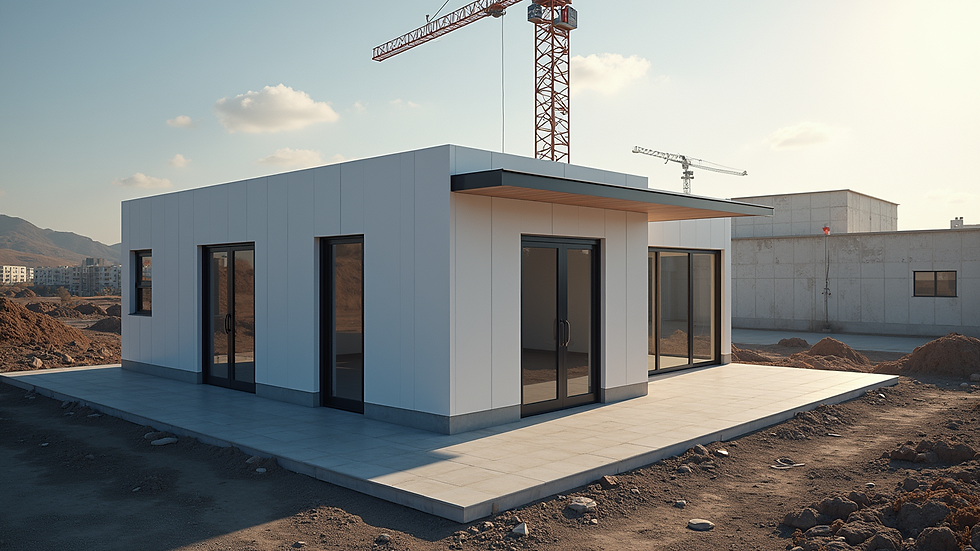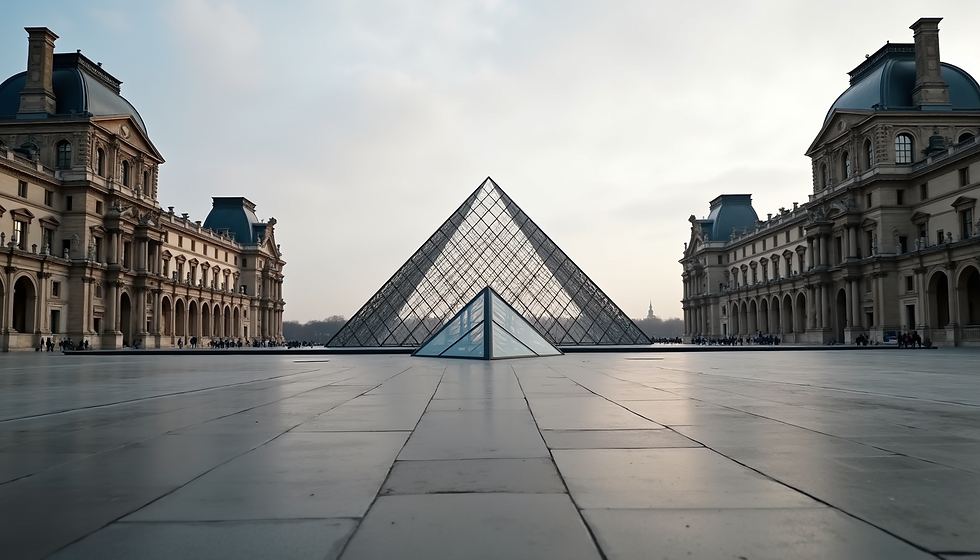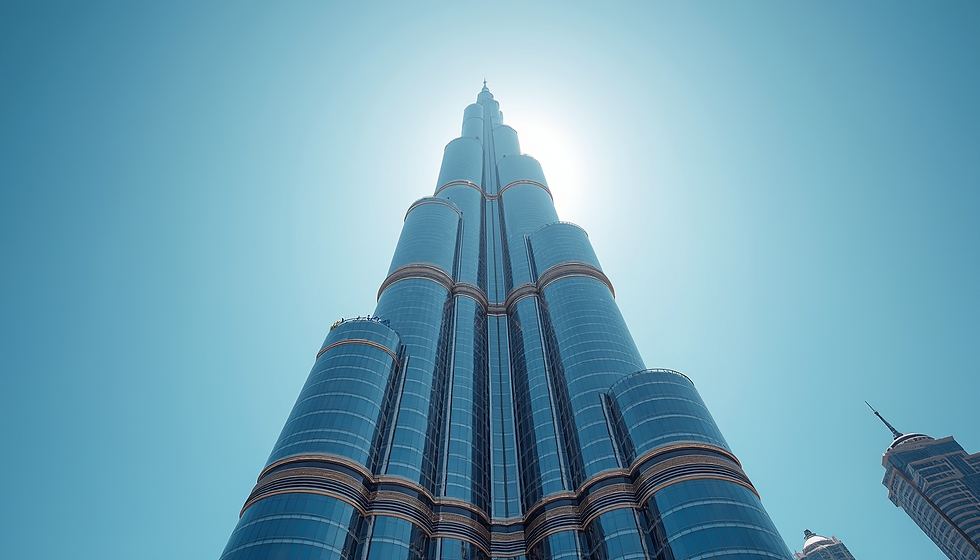Unveiling the Latest Developments in Architecture: A Fresh Perspective
- Mar 13
- 3 min read
Architecture is always changing, reflecting our values, technologies, and social needs. The latest trends in architecture show a strong focus on sustainability, innovation, and community involvement. In this blog, we will explore several significant trends that highlight this dynamic field.
Emphasis on Sustainable Design
Sustainable design has become a top priority in modern architecture. A growing number of architects are utilizing eco-friendly materials and energy-efficient systems to lessen their projects' environmental impact. For instance, the Edge in Amsterdam is often called the greenest office building in the world. It features a rainwater harvesting system, solar panels, and nearly 2,000 square meters of green roof. These advancements not only promote sustainability but also help reduce energy bills by up to 30%, a statistic that demonstrates effective implementation of green practices.
Recent building projects are increasingly integrating features like:
Green roofs: These not only provide insulation but also enhance urban biodiversity.
Solar panels: Offering renewable energy sources, they allow buildings to partially or fully sustain their energy needs.
By focusing on such strategies, architects aim to create healthier environments while being mindful of resource use as they address climate change.
Modular Construction Techniques
Modular construction is reshaping the architectural landscape. This method involves building prefabricated sections off-site, then assembling them on location. The benefits are striking: projects can be completed 30-50% faster while generating 90% less waste compared to traditional building methods. For example, the Rise modular housing development in Washington, D.C. utilized this approach, resulting in quick completion and significant cost savings.
Moreover, innovative designs are emerging from this method. Architects are leveraging modular construction to create unique and functional structures that reflect aesthetic appeal while being economically viable. This trend demonstrates that efficiency can go hand in hand with creativity, making it a standout approach in today’s architecture.

Smart Buildings and Integrated Technology
The rise of smart buildings illustrates how technology has become integral to architecture. These buildings use Internet of Things (IoT) devices to enhance the experience of their users. Features such as smart thermostats, automated lighting, and advanced security systems are now commonplace. For instance, the Bosco Verticale (Vertical Forest) in Milan uses sensors to monitor air quality and adjust natural ventilation automatically, resulting in lower energy costs by approximately 20%.
Architects today are focused on creating spaces that are responsive to the needs of inhabitants. These smart systems not only provide comfort but also contribute to energy efficiency, fostering a sustainable future.
Community-Centric Design
Today's architectural projects are increasingly focused on community engagement. Modern architects strive to create spaces that enhance social interaction and inclusivity. For example, the High Line park in New York City transformed an abandoned railway into a thriving public park, attracting over 8 million visitors annually. This project illustrates how well-designed spaces can foster community spirit and engagement.
By designing parks, plazas, and community centers, architects are not just constructing buildings; they are fostering vibrant spaces where people can gather, share experiences, and thrive. This community-centric approach reflects a deeper understanding of how built environments can positively impact social ties and quality of life.
Looking Ahead
As architecture continues to evolve, it blends sustainability, innovation, and community involvement. By embracing new technologies and materials, architects create spaces that serve their intended purposes while benefiting the environment. The trends we see today are only the beginning. It will be fascinating to witness how architects adapt to the challenges ahead and shape the cities of the future.
By participating in conversations about the built environment, both architects and the public can ensure that new developments are thoughtful and sustainable. Staying informed about these trends is crucial for understanding how architecture can inspire and improve our world.




Comments